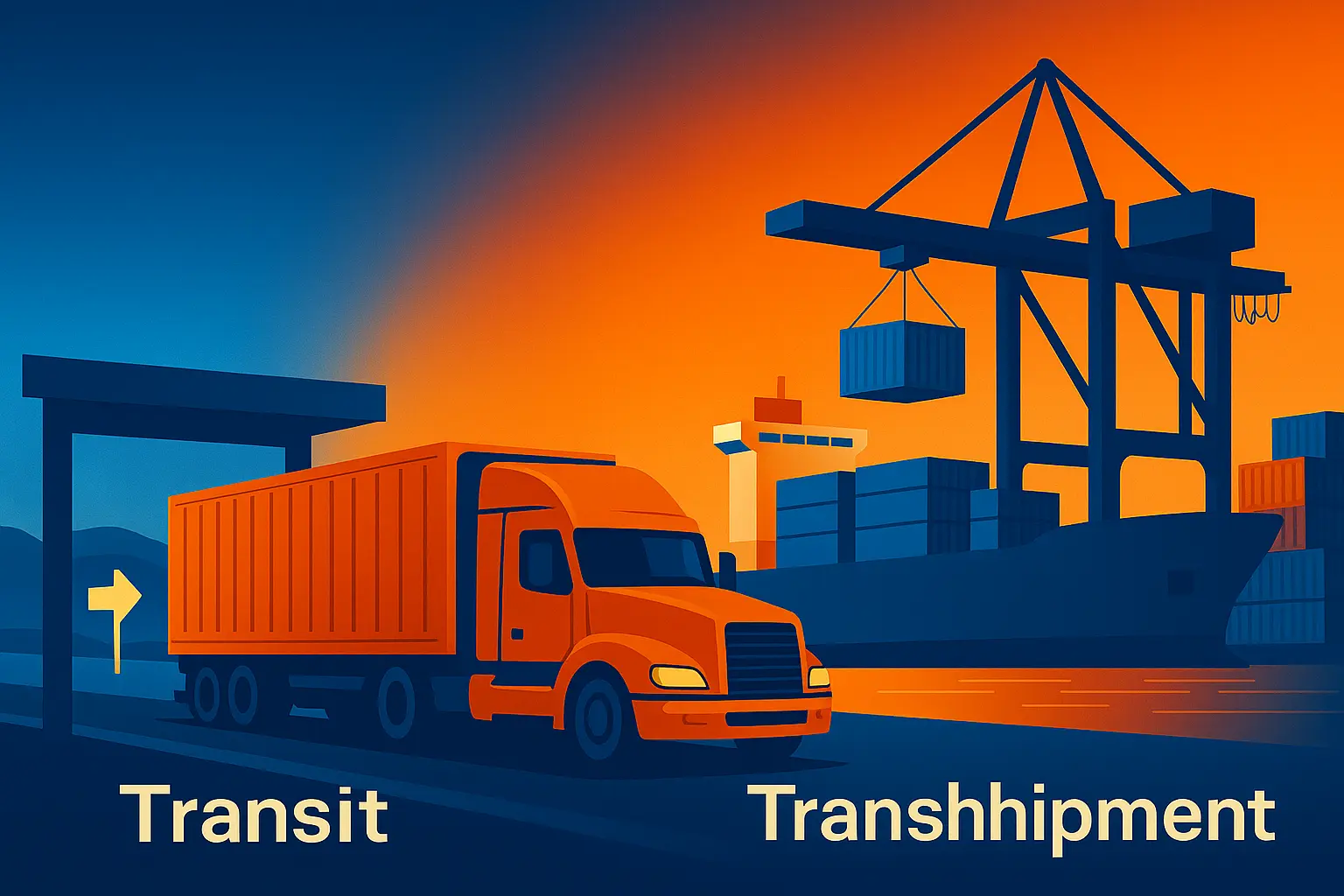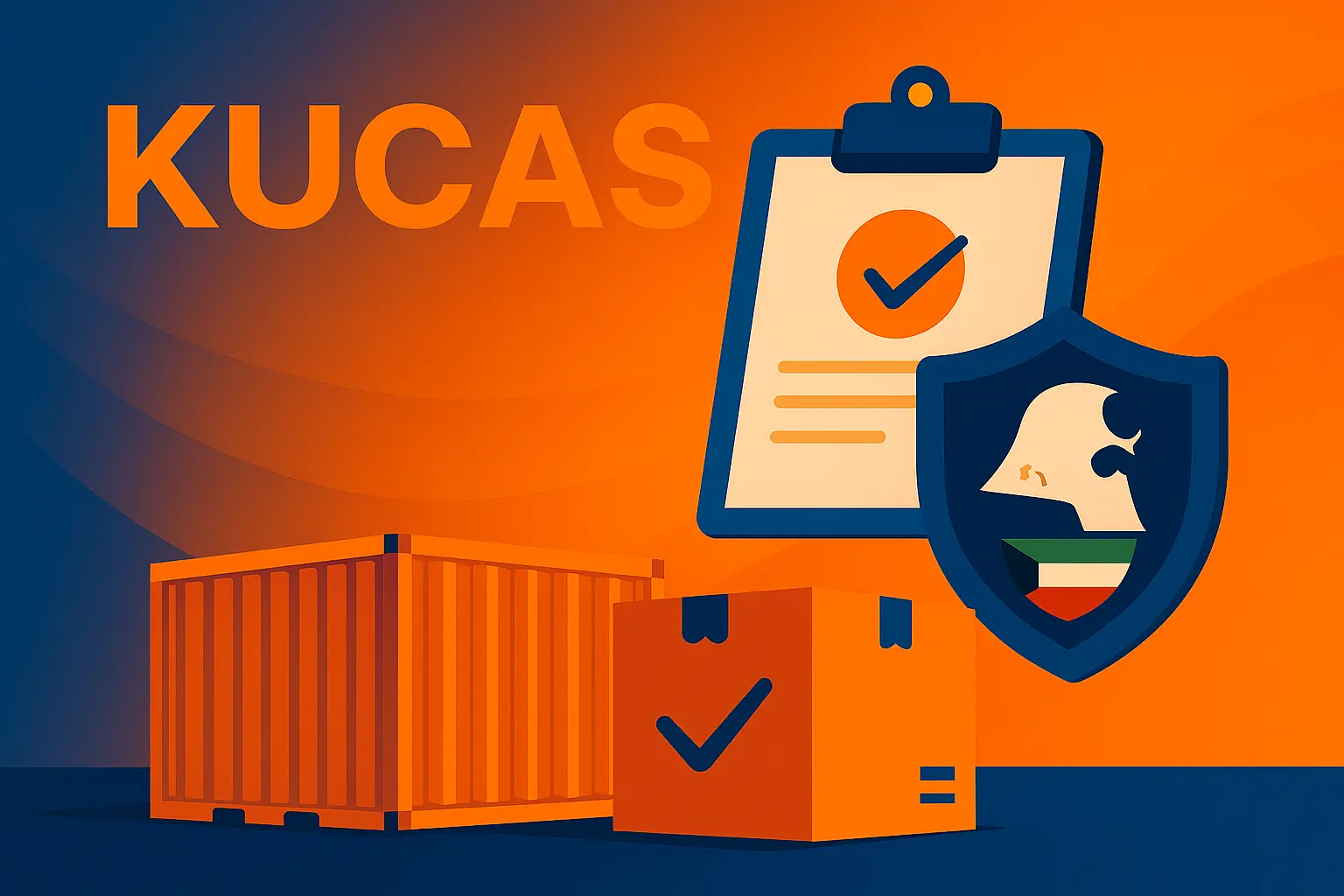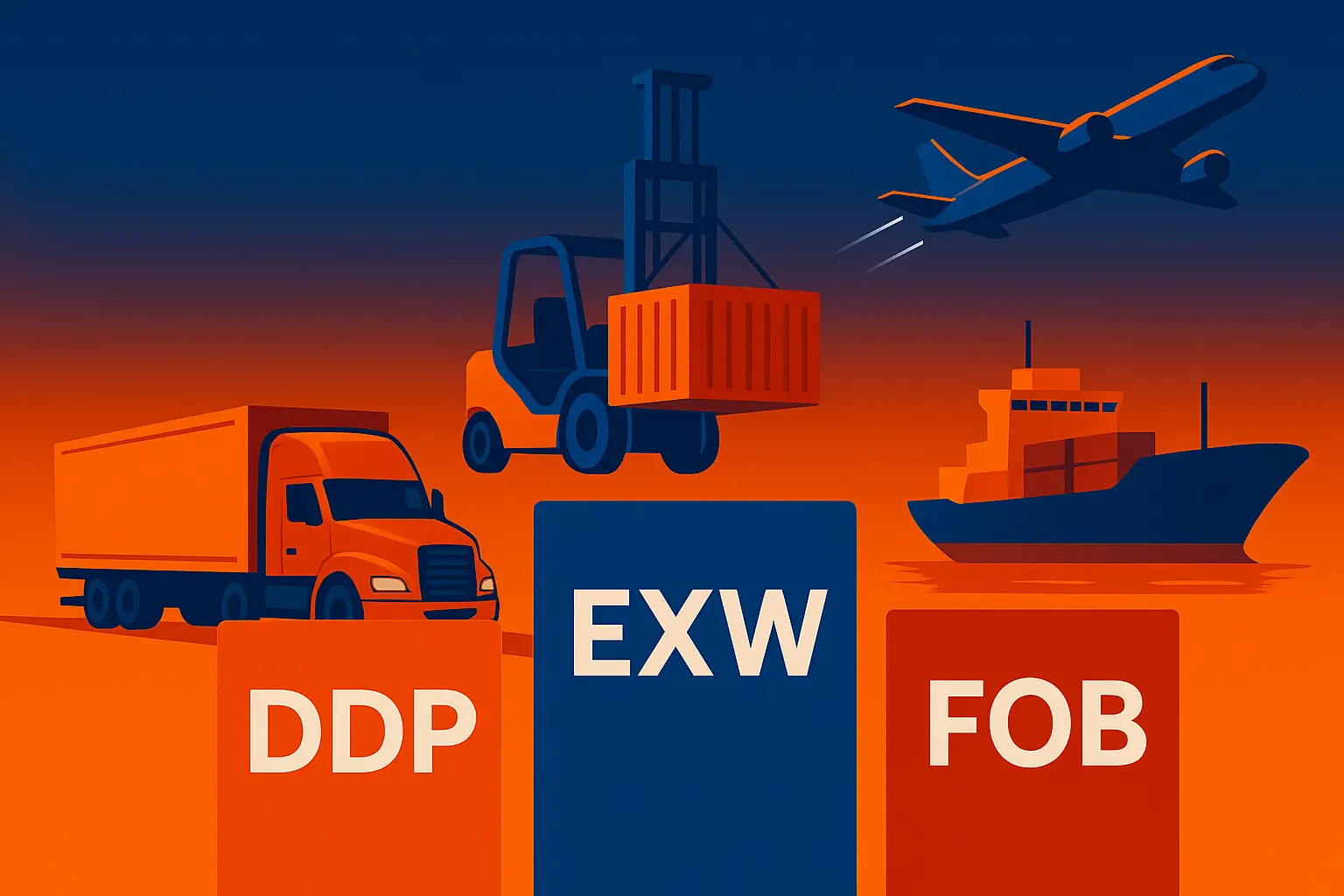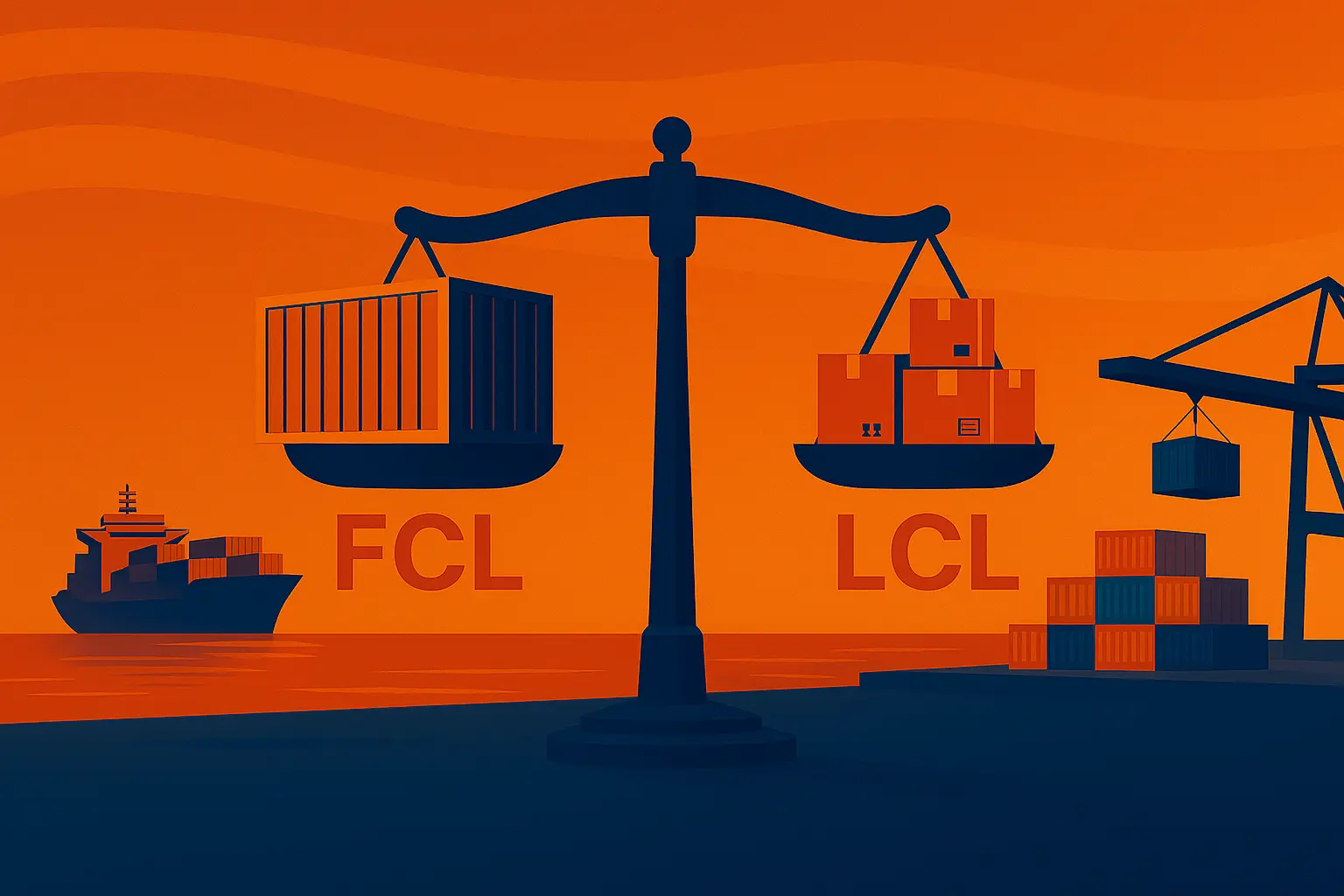Introduction
When planning an international shipment, a crucial question recurs: should the cargo move under customs transit or be handled as a transshipment? The terms look similar, yet the difference changes customs steps, documents, costs, and arrival time. This guide explains the operational and legal meaning of each term, when to choose either option, which documents to expect, and how to avoid delays and penalties. Examples focus on Gulf and Kuwait realities across ocean, road, and air.
1) Short Definitions
Transit
Movement of goods across an intermediate country without entering local commerce. The shipment stays under customs control and tax suspension, traveling from an entry gateway to an exit gateway within a defined route and deadline. The aim is to bridge modes (road⇄sea⇄air) or shorten the path to destination.
Transshipment
Re-loading cargo from one carrier to another within the same port/airport before continuing to a later leg. The shipment does not leave the facility’s customs area — e.g., vessel-to-vessel, aircraft-to-aircraft, or vessel-to-rail within the terminal.
2) Core Differences: Transit vs Transshipment
Customs Status
Transit: Entry and exit under a transit declaration with seals/escorts and a defined route/time window. No final import clearance; only service or guarantee fees if applicable.
Transshipment: Cargo remains inside the port/airport under the terminal/operator; typically no inland road movement between two national gateways, reducing field complexity.
Physical Movement
Transit: Inland movement across the country (e.g., land border → seaport/airport), sometimes with mandatory tracking or escort.
Transshipment: Internal transfers within the terminal only (berths, yards, warehouses, ULD build-up) without going onto public roads.
Typical Documents
Transit: Transit declaration/bond where required; original carriage doc (ocean B/L, air AWB, road CMR), packing list, commercial invoice, matching seal/container numbers, and an approved route. In cross-border road, a guarantee system like TIR can accelerate borders.
Transshipment: Terminal transshipment instruction or Through Bill of Lading, plus original B/L or AWB, invoice and packing list, and possibly a new handling reference if re-booked.
Risk & Fees
Transit: Route/seal compliance risk; deviations may trigger penalties or extended inspections. Extra cost can include road insurance, escorts, or GPS if mandated.
Transshipment: Lower road exposure but higher sensitivity to terminal cut-offs and re-handling/storage. Fees are mostly terminal/connection-related.
Time & Flexibility
Transit: May face border traffic or long routes, but can bypass capacity bottlenecks and missing schedules.
Transshipment: Often faster if strong hub connections exist, yet dependent on carrier schedules and available capacity.
3) Practical Examples
- Ocean: A container reaches a hub port and is re-loaded to another vessel bound for the final port → Transshipment.
- Road–Ocean: Cargo enters a country through a land border and exits via a seaport to a third country → Transit.
- Air: A parcel lands at a hub airport and connects to a later flight → Air transshipment within the facility.
- Multimodal: Land in, air out within the country → Transit (there is inland movement between gateways).
4) When to Choose Each?
Choose Transit if you:
- Must bridge two different gateways inside the country (land→sea or land→air).
- Do not have suitable same-facility connections and want to leverage geography.
- Need to avoid waiting for hub capacities during peak seasons by using an inland bridge.
Choose Transshipment if you:
- Have strong, reliable hub schedules at the same port/airport.
- Prefer to keep cargo inside the facility with no inland exposure.
- Benefit from a carrier’s Through B/L or seamless interline agreements.
5) Expected Documents by Scenario
Transit
- Commercial Invoice stating value and Incoterms.
- Packing List with pieces, dimensions, and weight.
- Transport document: B/L, AWB, or CMR as applicable.
- Customs transit declaration with route and time limit issued in the intermediate country.
- Matching seals/container IDs; guarantees or tracking if required (e.g., TIR, GPS).
Transshipment
- Commercial Invoice + Packing List + original B/L/AWB.
- Transshipment/Through instructions, potentially a new handling reference upon re-booking.
- Terminal handling/storage charges as applicable.
6) Impact on Cost and Lead Time
Cost: Transit adds inland haulage, escort/tracking, and sometimes guarantees but may reduce hub waiting; transshipment reduces road exposure but adds terminal/connection/storage fees, and missing a connection can increase cost.
Lead time: Transit is affected by borders/roads; transshipment depends on hub schedules, yard congestion, and capacity. The right choice is lane- and season-dependent.
7) Common Pitfalls and How to Avoid Them
- Document path confusion: State clearly in the quote whether there is any inland movement (transit) or facility-only handling (transshipment).
- Vague commodity description: Provide technical detail and propose HS codes to support valuation/classification.
- Uncontrolled seals/route in transit: Match seal IDs in the declaration; keep GPS/road logs when required.
- Ignoring time windows: Respect transit deadlines or connection cut-offs; always maintain a Plan B.
- Single-carrier reliance: Keep alternates (other lines/ports/airlines) to de-risk congestion.
8) FAQs
Can a transshipment be converted into transit?
Is transit always slower?
Do I need a new transport document for transshipment?
Can cargo be stored during transshipment?
9) Pre-Decision Checklist
- Confirm destination, required ETA, and an acceptable budget range.
- Map the route and decide if inland movement is needed (transit) or facility-only (transshipment).
- Validate documents: Invoice, Packing List, transport doc, and proposed HS codes.
- For transit: obtain the transit declaration, seals, route, tracking/guarantees.
- For transshipment: verify connection schedules, capacity, and potential storage charges.
- Prepare a fallback: alternate carrier/port/airport/schedule.
- Agree contacts and update cadence until POD (Proof of Delivery).
10) When Does a Hybrid Path Make Sense?
On project or long-haul lanes, you may combine both: ocean transshipment at a regional hub followed by road transit to another gateway. This balances unit cost and capacity access but demands tight coordination of documents and schedules.
Executive Summary
Transit means inland movement under customs suspension; Transshipment means re-loading within the same facility. Choose based on network strength, time sensitivity, road vs terminal costs, and documentation expertise. Clear route definition, pre-checked paperwork, and backup plans reduce disruptions and penalties.




